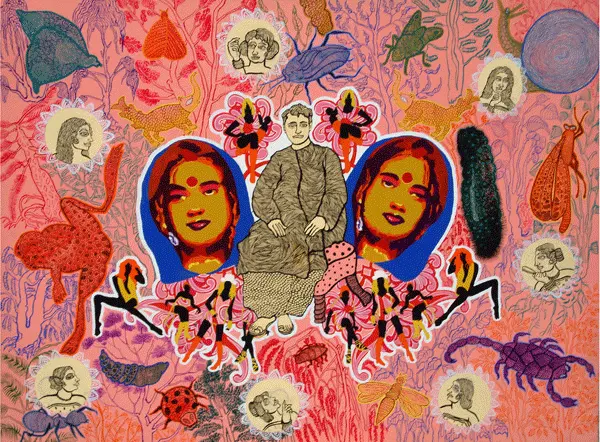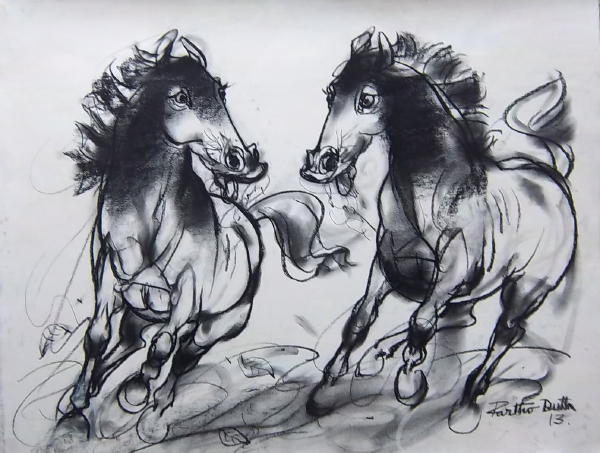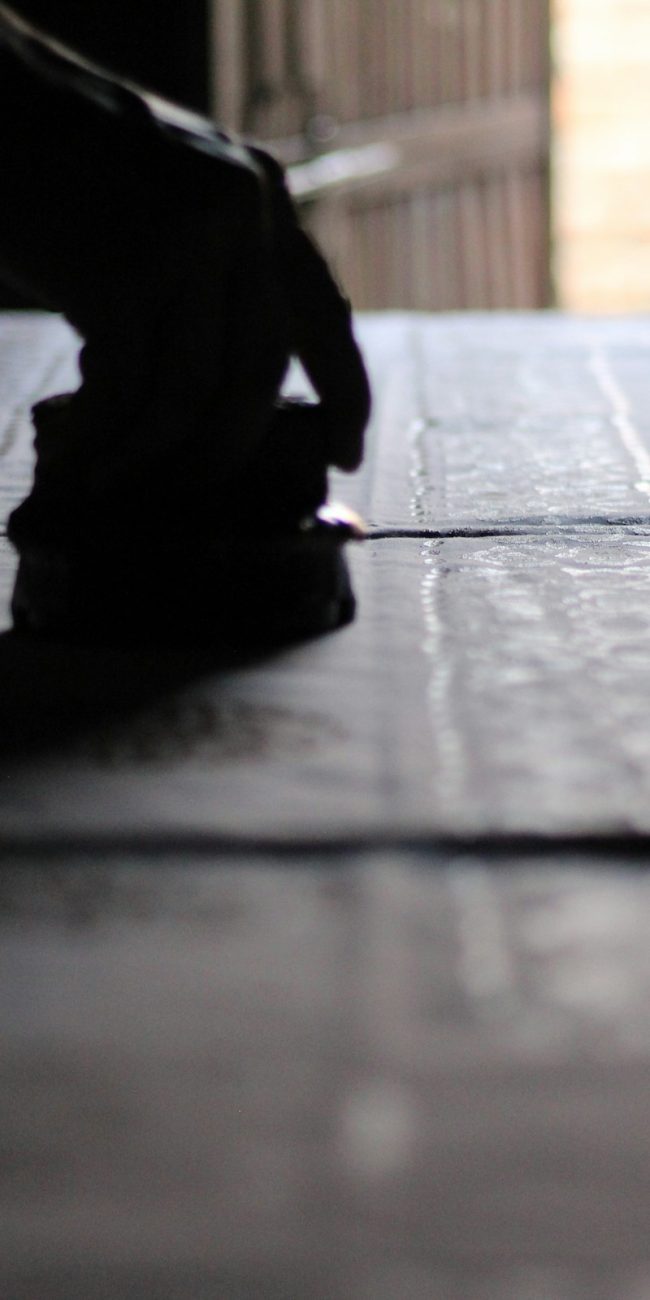
What is a Serigraph? Understanding the Art of Screen Printing
If you’ve ever seen a colorful, multi-layered artwork that was referred to as a “Serigraph” you may have wondered what that term actually means. Is that a painting? A picture? A digital duplicate? The answer is that it’s a special and complex type of printmaking that calls for talent, perseverance, and imagination. In this blog, we will explore the world of serigraphy, also called screen printing, and explain it in a way that even those who are unfamiliar with the term can understand.
What is a Serigraph?
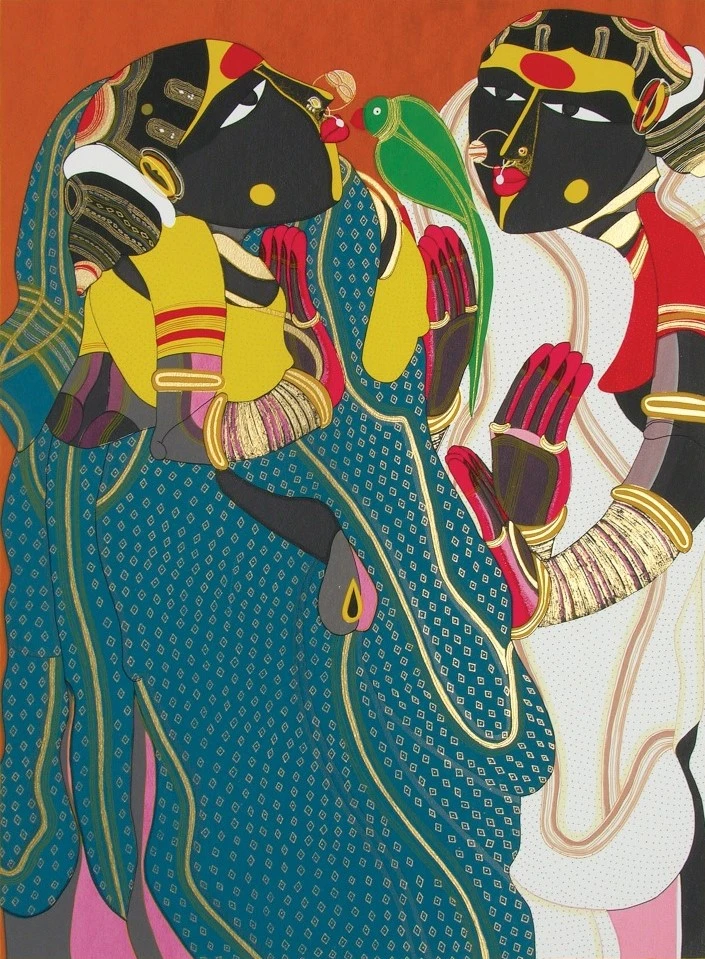
(Gossiping | Thota Vaikuntam | 30″ x 40″ | Serigraph on Paper)
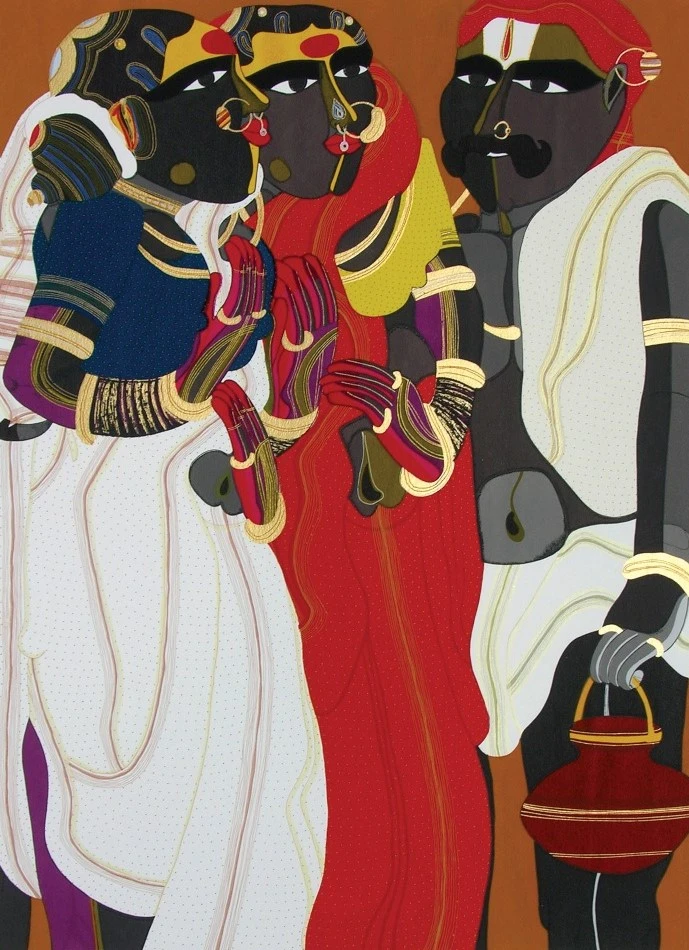
(Telangana People | Thota Vaikuntam | 30″ x 40″ | Serigraph on Paper)
Prints created with the screen printing technique are known as serigraphs. The term “Serigraph” comes from the Latin word *seri* (silk) and the Greek word *graphein* (to write or draw). Serigraphs are made by transferring an image onto a surface, usually paper or fabric, by pushing ink through a stencil on a mesh screen.
Unlike digital prints, which are mass-produced by machines, serigraphy is a manual and highly detailed process. Each color in the artwork is applied separately, requiring multiple layers of screens. This results in rich, textured, and vibrant pieces that hold their value and uniqueness.
A Brief History of Serigraphy
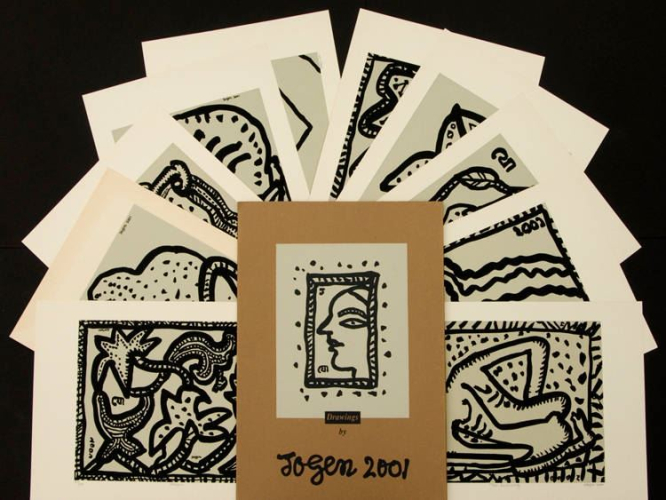
(Jogen Chowdhury | 20″ x 13.8″ (each) | A Series of 10 Serigraphs)
Serigraphy, or screen printing, has been around for centuries, with its origins tracing back to ancient China. The technique made its way to Japan and later to Europe in the 18th century. However, it wasn’t until the 20th century that screen printing truly took off as an art form.
In India, traditional printing techniques such as block printing and stencil-based methods have been used for centuries to create complex textile designs. While screen printing as we know it today arrived in India during the colonial period, Indian artisans quickly adapted the technique to enhance textile production, particularly in regions like Rajasthan and Gujarat. By the mid-20th century, screen printing became an essential part of India’s booming textile industry, used to create beautiful sarees, tapestries, and posters.
Contemporary Indian artists have embraced serigraphy to produce limited-edition prints, combining traditional aesthetics with modern techniques. Today, screen printing is widely used in India for both commercial and artistic purposes, from fashion and advertising to fine art.
How is a Serigraph Made?

(Untitled | Tyeb Mehta | 15.5″ x 17.5″ | Serigraph on Paper)
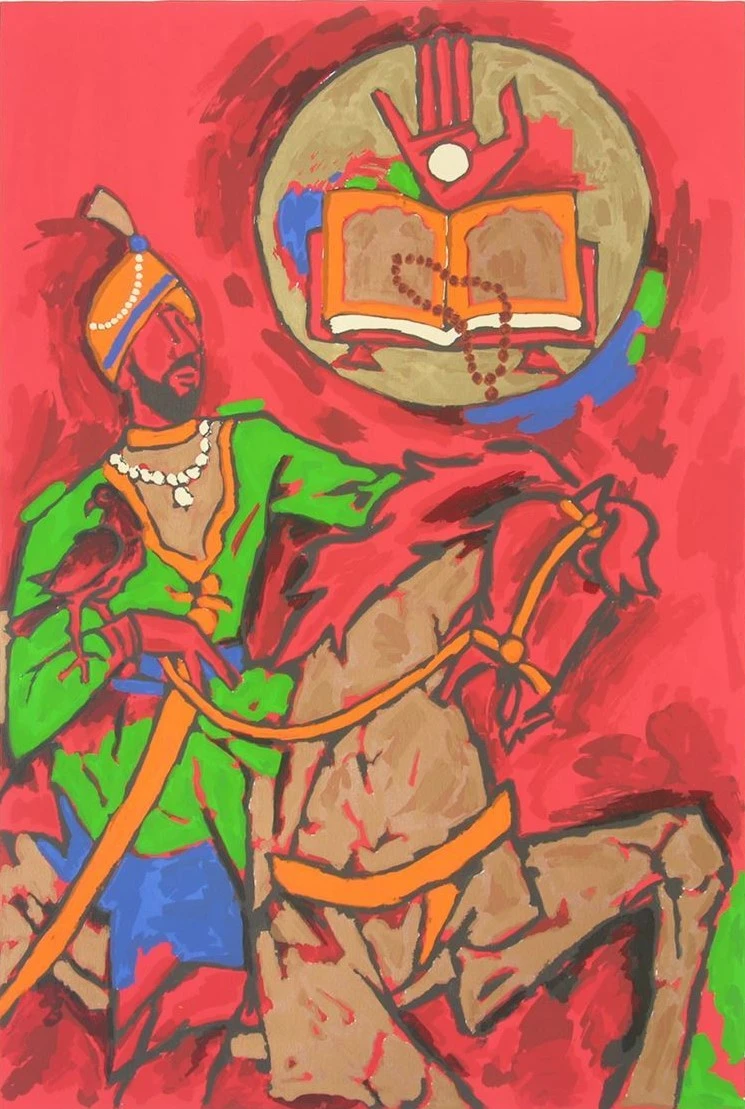
(Sikhism-Theorama | M. F. Husain | 30″ x 40″ | Serigraph)
The process of making a serigraph is meticulous and requires both artistic and technical expertise. Here’s a simplified breakdown of how it’s done:
- Design Creation: The artist creates the original design, which is then separated into different layers, one for each color used in the artwork.
- Screen Preparation: A fine mesh screen (traditionally made of silk, but now often polyester) is coated with a light-sensitive emulsion.
- Stencil Creation: The design is exposed onto the screen using light, which hardens the emulsion where it isn’t covered by the design. The rest is washed away, creating a stencil.
- Ink Application: Ink is pushed through the screen onto the paper using a squeegee. Only the open areas of the stencil allow ink to pass through, forming the design.
- Layering Colors: Since each color requires its own screen, the process is repeated multiple times, with careful alignment (registration) to ensure accuracy.
- Final Touches: Once all colors are printed, the artwork is left to dry. Some artists add hand-painted details or embossing to enhance the final piece.
Why is a Serigraph Special?
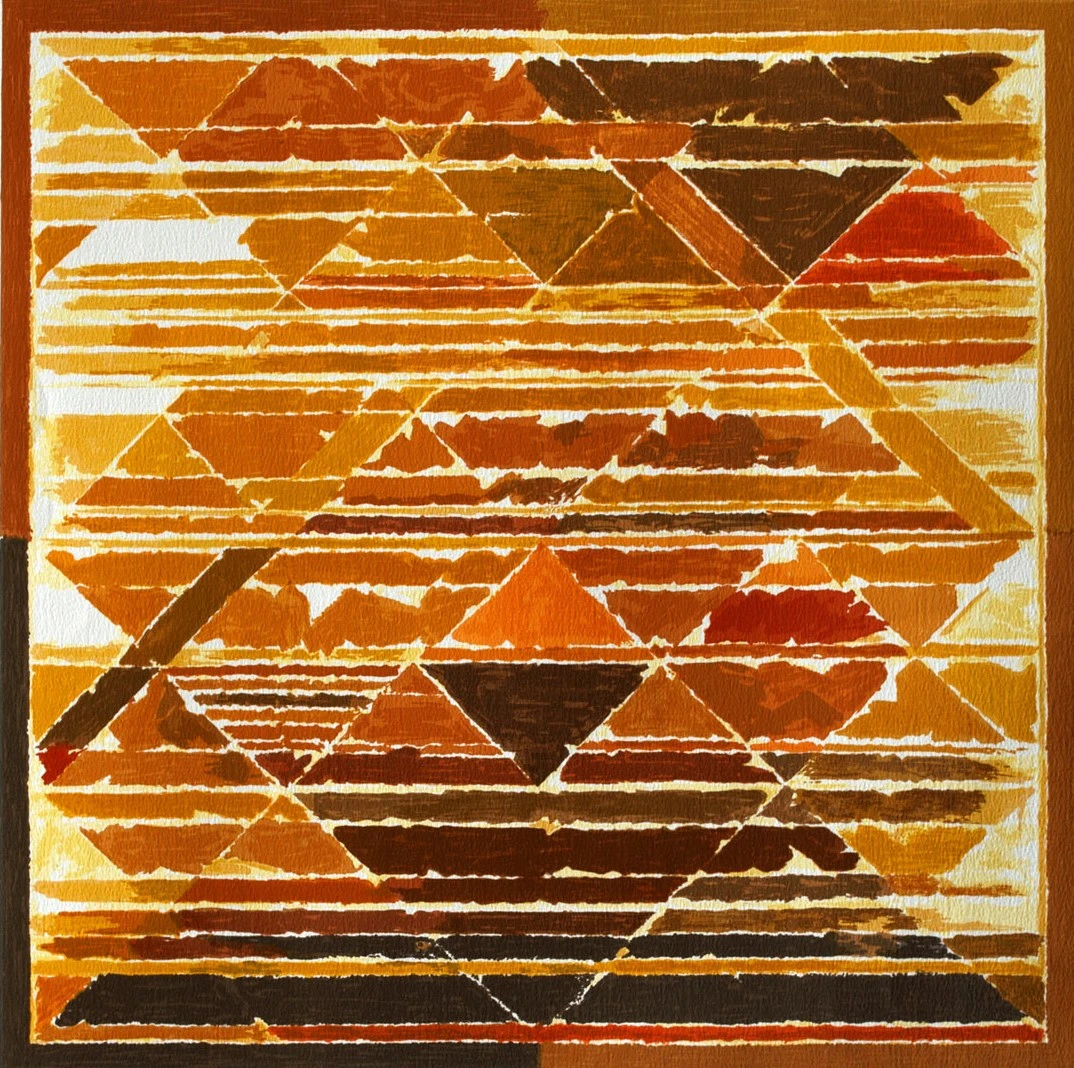
(Earth | S H Raza | 30″ x 40″ | Serigraph on Paper)
Unlike digital prints, which can be replicated endlessly, serigraphs are made in limited editions. This means that once a particular run is completed, no more prints are produced. Here’s what makes serigraphy stand out:
- Rich, Layered Colors: Each color is printed separately, resulting in deep, vibrant hues that don’t fade easily.
- Texture & Depth: Since the ink sits on the surface rather than being absorbed, serigraphs often have a slightly raised texture, giving them a tactile quality.
- Collector’s Value: Because they are hand-crafted and limited in number, serigraphs are considered more valuable than digital prints.
Authenticity: Most serigraphs are signed and numbered by the artist, making each piece a genuine part of their artistic vision.
Serigraphy in Everyday Life
While fine art serigraphy is often found in galleries and private collections, screen printing is also widely used in everyday applications. From T-shirts and posters to signage and packaging, this technique is everywhere! If you’ve ever owned a graphic tee, chances are it was screen-printed.
How to Take Care of a Serigraph?
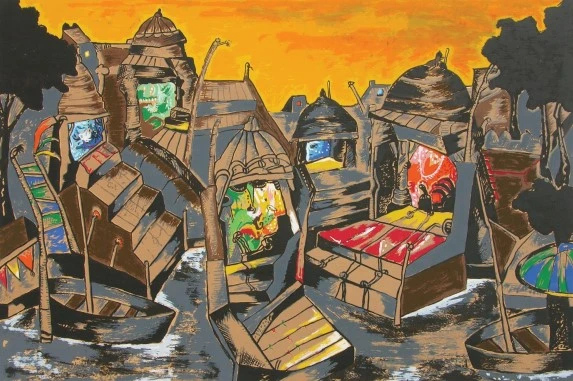
(Evening at Banaras | Manu Parekh | 30″ x 40″ | Serigraph on Paper)
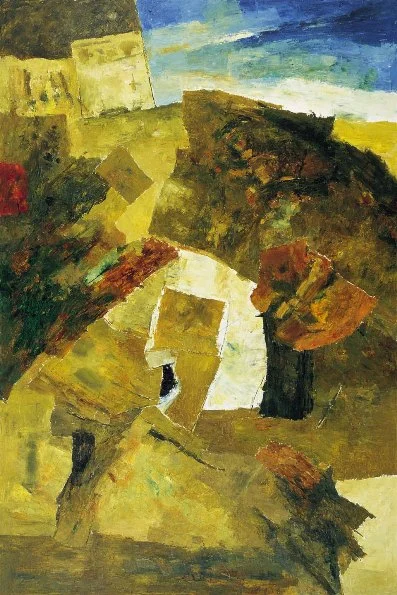
(Untitled | Ram Kumar | 30″ x 44″ | Serigraph on Paper)
If you own a serigraph or are thinking of investing in one, taking care of it properly will ensure it remains in pristine condition for years. Here are some tips:
- Keep it Away from Direct Sunlight. Prolonged exposure can fade the colors over time.
- Frame it with UV-protected glass. This adds an extra layer of protection.
- Avoid Humid Environments. Moisture can damage the paper and ink.
- Handle with Clean Hands. Oils from your fingers can affect the paper’s surface.
Conclusion
Serigraphy is a fascinating and time-honored printmaking technique that combines art with craftsmanship. Whether you’re an art collector, an artist looking to explore new mediums, or simply someone who appreciates beautiful prints, understanding the magic behind serigraphy can deepen your appreciation for this unique form of art.
Next time you see a serigraph, remember that each layer is carefully crafted, making every piece a blend of skill and artistry. It’s more than just a print; it’s a story told through color and technique!





